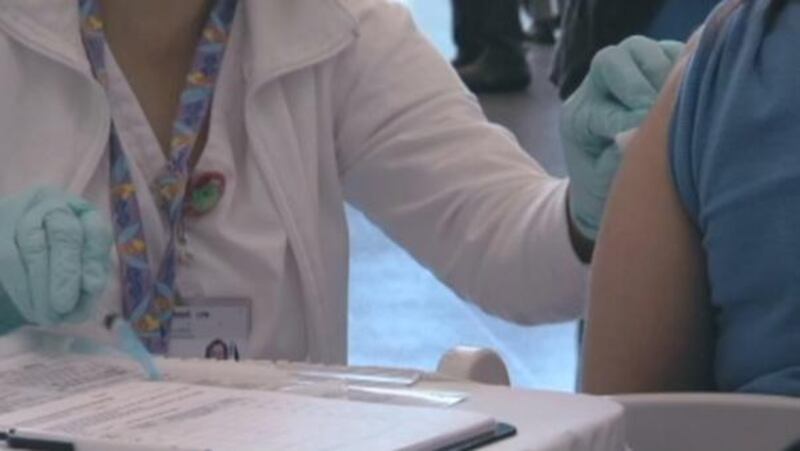XENIA — The number of hepatitis A cases in Ohio and neighboring states has spiked since January, the Ohio Department of Health is reporting.
The are currently 31 cases in the state, the highest since 2015, the Greene County Public Health said in a release Tuesday. In comparison, there were four cases during the same period in 2017, two in 2016 and five in 2015, according to the release.
Hepatitis A is a vaccine-preventable, communicable disease of the liver caused by the hepatitis A virus, the agency said in the release. It is usually transmitted by person-to-person through contact with an infected person’s stool, or consumption of contaminated food or water, the release said.
“One thing you want to do is make sure your food is thoroughly cooked,” said Dan Suffoletto, public information supervisor at Public Health–Dayton & Montgomery County.
A confirmed case of hepatitis A includes both a positive laboratory test and symptom onset, with either jaundice or elevated liver function tests.
Outbreaks have been linked to contact with known hepatitis A case; homelessness; IV drug use; and men who have sex with men, the release said.
Ohio is the latest state to be affected by the Hepatitis A outbreak. Neighboring states such as Indiana, Kentucky and Michigan have all been affected.
Health officials say people can be vaccinated to protect themselves from hepatitis A, but the two doses have to be taken over a six month period.
According to Greene County Public Health, hepatitis A contact can occur by:
• eating food made by an infected person who did not wash his or her hands after using the bathroom
• drinking untreated water or eating food washed in untreated water
• placing a finger or an object in your mouth that came into contact with an infected person’s stool
• having close personal contact with an infected person, such as through sex or caring for someone who is ill
One cannot get hepatitis A from:
• being coughed on or sneezed on by an infected person
• sitting next to an infected person
• hugging an infected person
A baby cannot get hepatitis A from breast milk.
Who is at increased risk for hepatitis A?
•Persons with direct contact with persons who have hepatitis A
•Travelers to countries with high or intermediate rates of hepatitis A
•Men who have sex with men
•Users of injection and non-injection drugs
•Persons with clotting factor disorders
•Household members and other close contacts of adopted children newly arriving from countries with high or intermediate hepatitis rates.
What are the symptoms of hepatitis A:
Some people have symptoms two to six weeks after they come in contact with the virus.
People with hepatitis A typically get better without treatment after a few weeks. In some cases, symptoms can last up to six months.
These symptoms may include:
•dark yellow urine
•feeling tired
•fever
•gray- or clay-colored stools
•joint pain
•loss of appetite
•nausea
•pain in the abdomen
•vomiting
•yellowish eyes and skin, called jaundice






